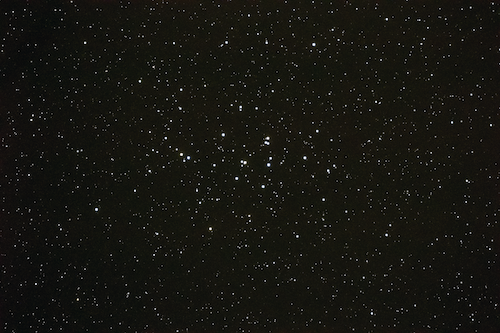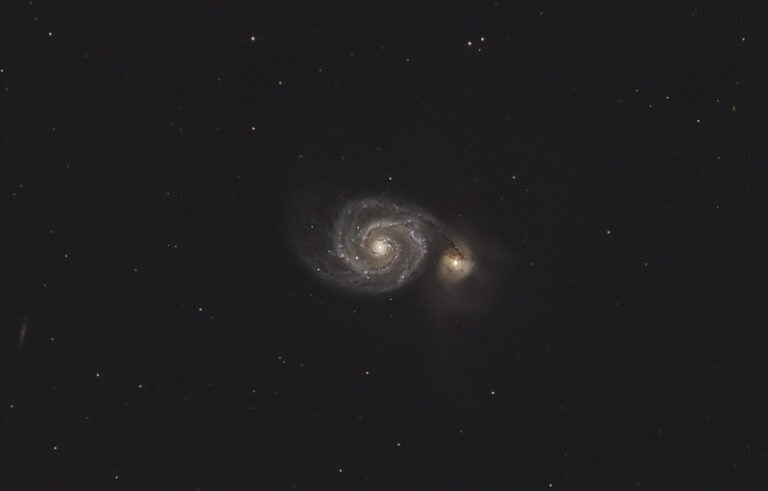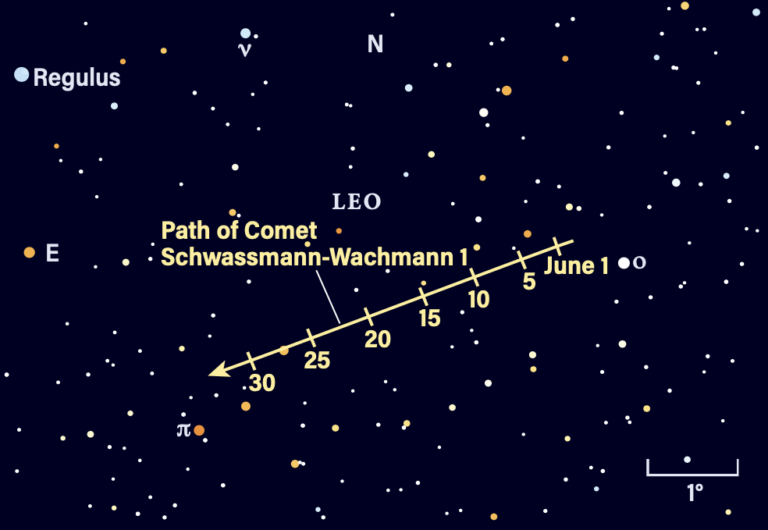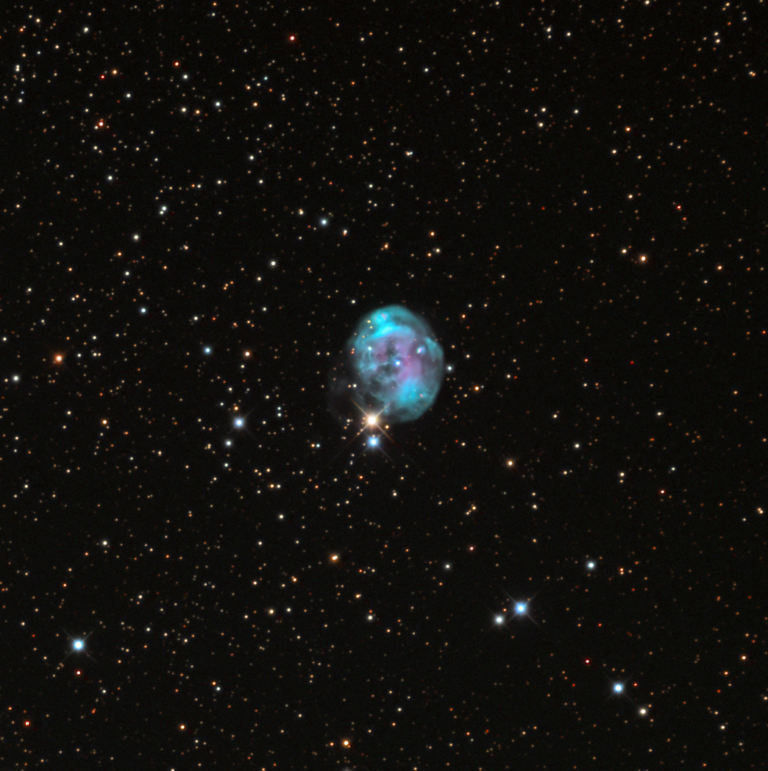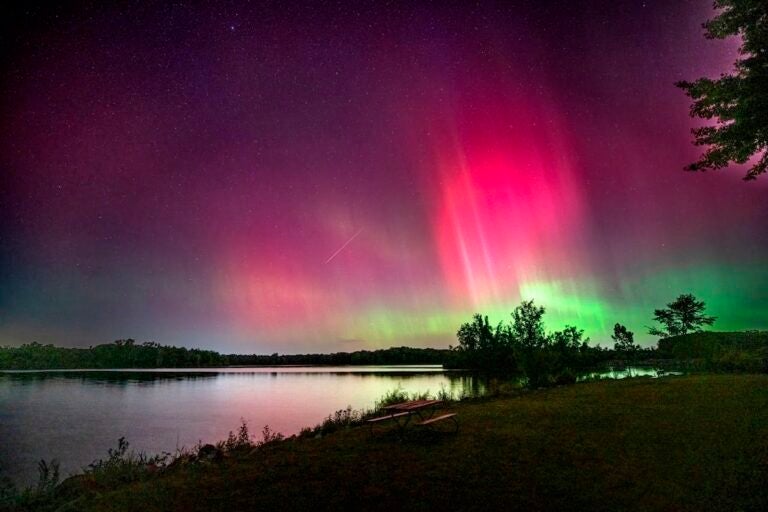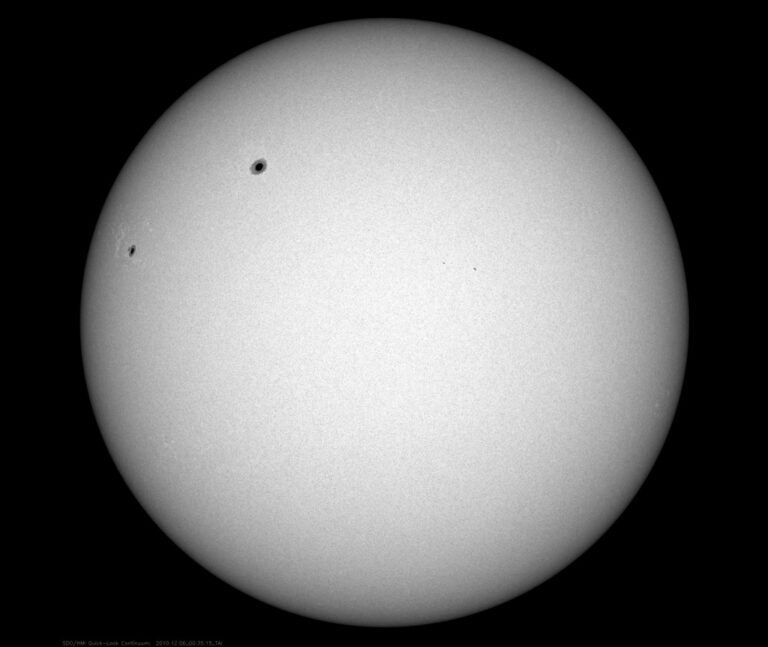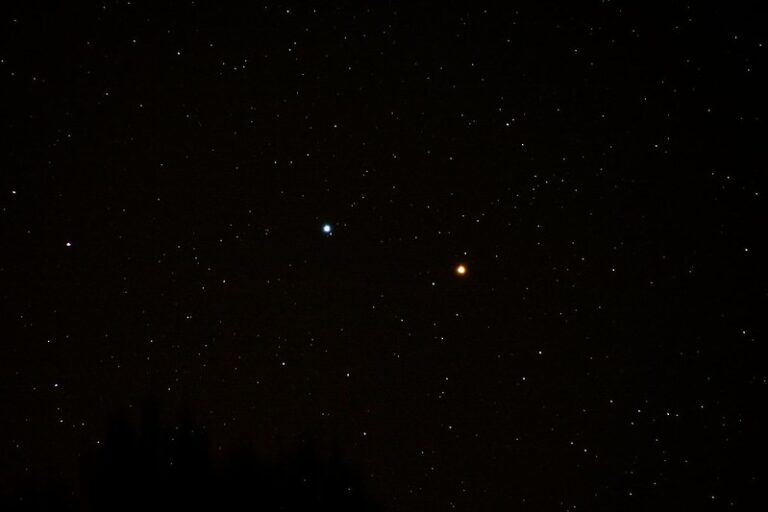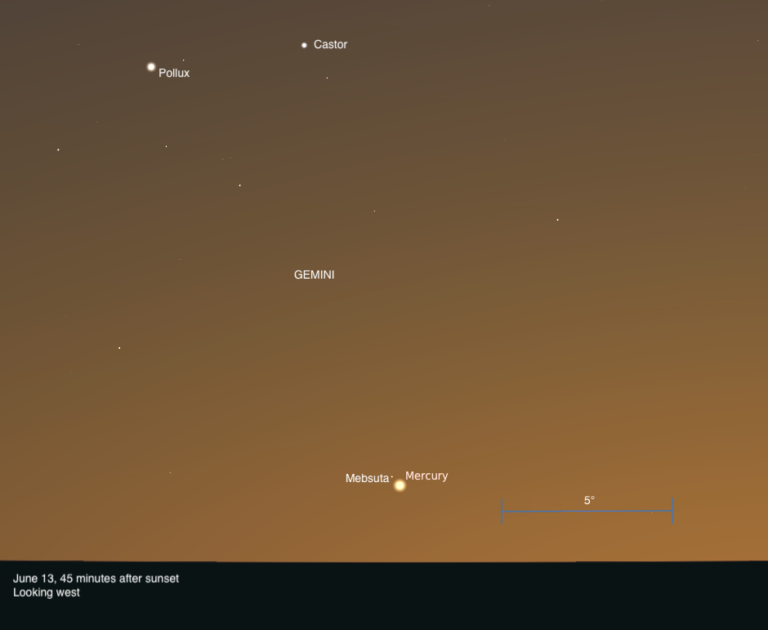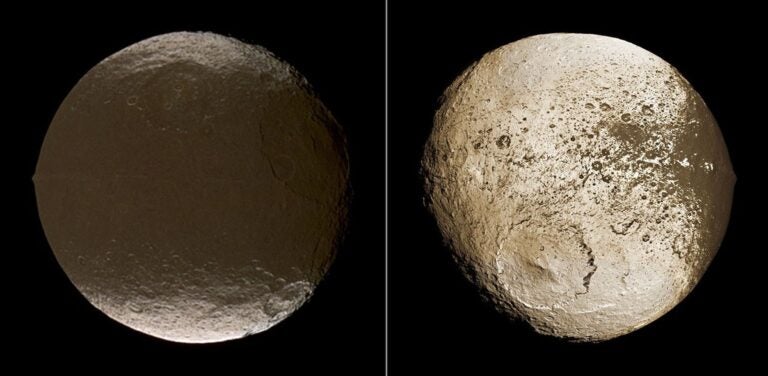Let’s confine this to current, bright, late winter clusters. Of course, the Pleiades (M45) stands out, with its combined 1st-magnitude brilliance. M45 is stunning through binoculars, but since the topic is “oddities,” let’s set its brilliance aside for now and instead talk about its Japanese name, Subaru, and the fact that the Pleiades is emblazoned on the backs of millions of cars.
In 1953, when a group of six postwar manufacturers formed Subaru, they chose the star cluster to represent themselves. But over the years, as we’ve watched Subaru cars in front of us on the highway, we’ve seen the logo change: A single star on the insignia has grown mysteriously brighter and more detached from the others.
What’s going on? Does this reveal some cryptic corporate in-house maneuvering? I did some digging and indeed, the star representing the main founding company, Fuji Heavy Industries — created through the merger of five smaller companies (the smaller stars) — no longer shares pictorial credit equally with the others.
Anyway, one sky-Pleiad is indeed brighter than the others. This is Alcyone, one of Atlas’ daughters. (When I was a teenager, I wrongly pronounced her name as al-SEE-ohn, but strangely enough, it’s actually al-SY-uh-nee.)
Less enigmatic than the oddly mutating Subaru logo is the other famous open cluster in Taurus, the Hyades. This nearest cluster to Earth, only 140 light-years distant, is so spread out that it forms that whole V shape of Taurus.
In four days minus one hour, this Hyades member conspicuously loses half its light and then fully regains it by the following night. The V-tip star Gamma (γ) is a fabulous comparison. When Lambda is in full eclipse, it looks fainter than Gamma, simple as that. The oddity here, to me, is why I see blank faces at star parties when I mention that Lambda Tauri is in eclipse. Why isn’t Lambda widely observed when it’s as easy to follow as Algol?
Want more late-winter naked-eye cluster weirdness? Go to Cancer and M44, the second-closest deep-space object in Messier’s list, after the Pleiades. At 3rd magnitude, it was famous in the ancient Greek and Roman world. It’s also called Praesepe (Latin for “manger”) and the Beehive, an odd profusion of names.
Prominence in mythology can’t even explain why M44 is so showered with titles. In Greek lore, M44 was a manger in which donkeys ate straw, but who would ever care about that? And it must have been a slow news day when they created that headline about the Beehive. What’s bewildering is that everyone from antiquity onward called it a nebulous patch, a tiny cloud, a bit of smudge.
In reality, M44’s true nature lies within the power of the naked eye. If you stare at it directly, it’s indeed a blurry little smudge. But if you use averted vision and look at a spot slightly off to the side, Praesepe instantly changes into innumerable stars.
You heard right. M44 becomes a resolved star cluster the moment you stop looking at it! I don’t think such an immediate metamorphosis occurs with any other celestial object.
So why didn’t a single observer in all those centuries discern its true nature? Why didn’t anyone call it a cluster? What about all those keen-eyed Arabs who named the stars in the first place? Or the classical Greek astro-fanatics like Ptolemy? This is a mystery that keeps me up at night.
Solace is not provided in the northwest, with Perseus’ famous 3rd-magnitude Double Cluster, which astronomer William Tyler Olcott called the finest of them all. Here, two equally bright clusters share a wide telescope field, a unique sight in all the heavens. They were known to Ptolemy and Hipparchus thousands of years ago, and bewilderingly ignored by Messier, which is why they’re M-nothing. These naked-eye clusters have the catalog designations NGC 869 and NGC 884, but their real names are h Persei and Chi (χ) Persei — an English letter and a Greek letter. How did we get such an anticlimactic mishmash? Such inconsistency arises nowhere else. It would be like naming the Twin Cities Minneapolis and Saint Paul.
In the meantime, I’ll ask my psychotherapist friend Phil why open star clusters have been gifted with the ability to torment earthlings — or maybe just me.


